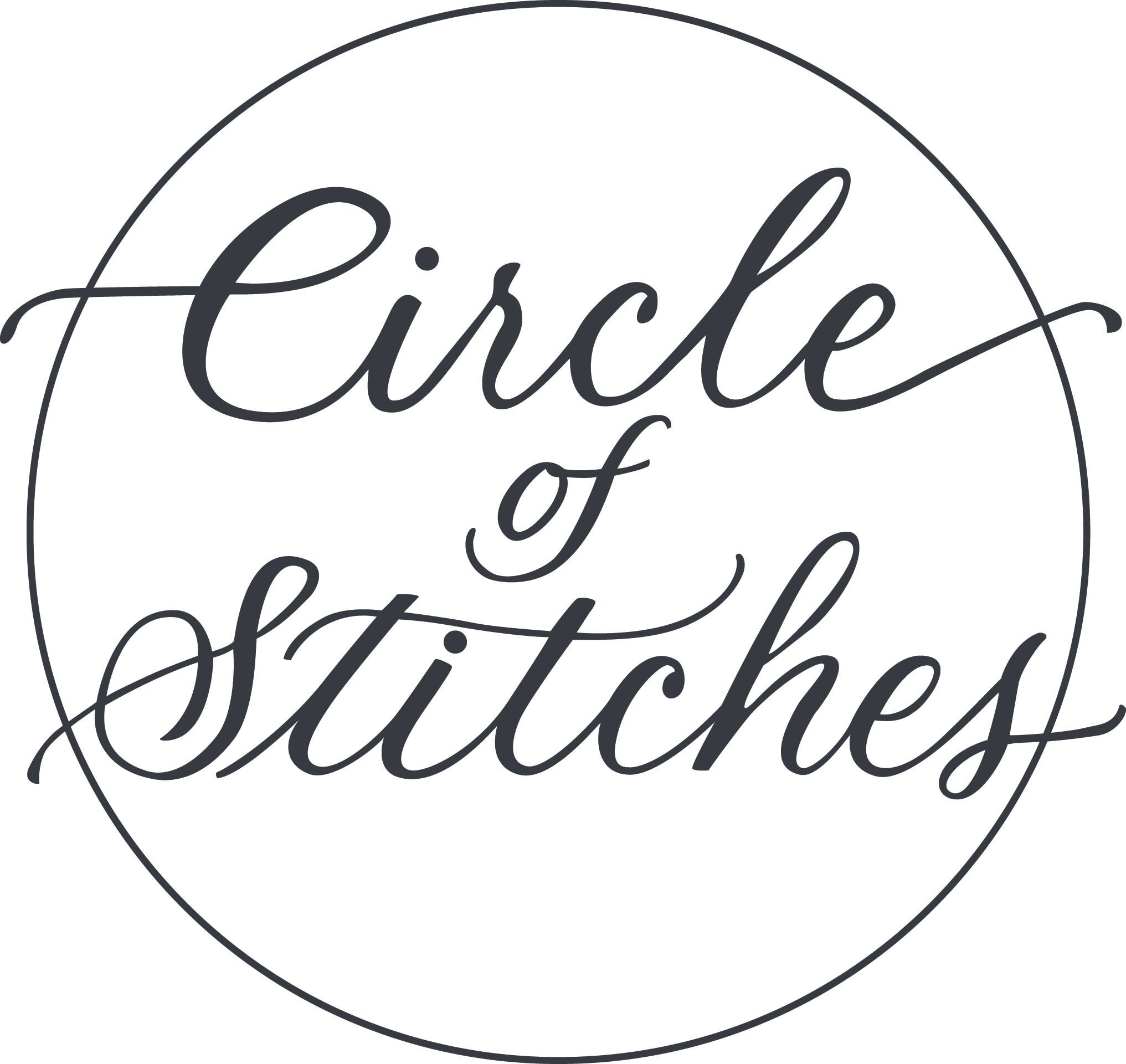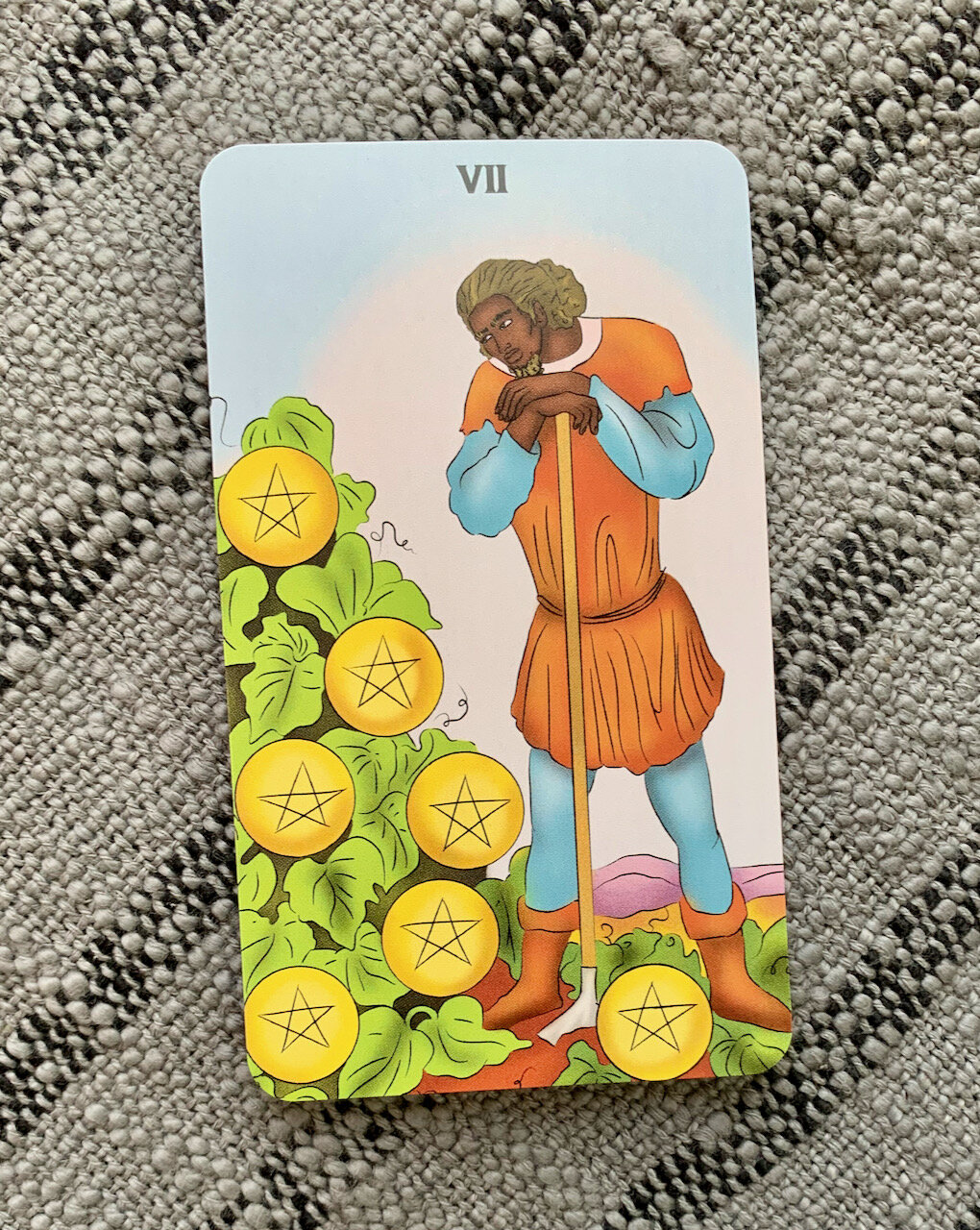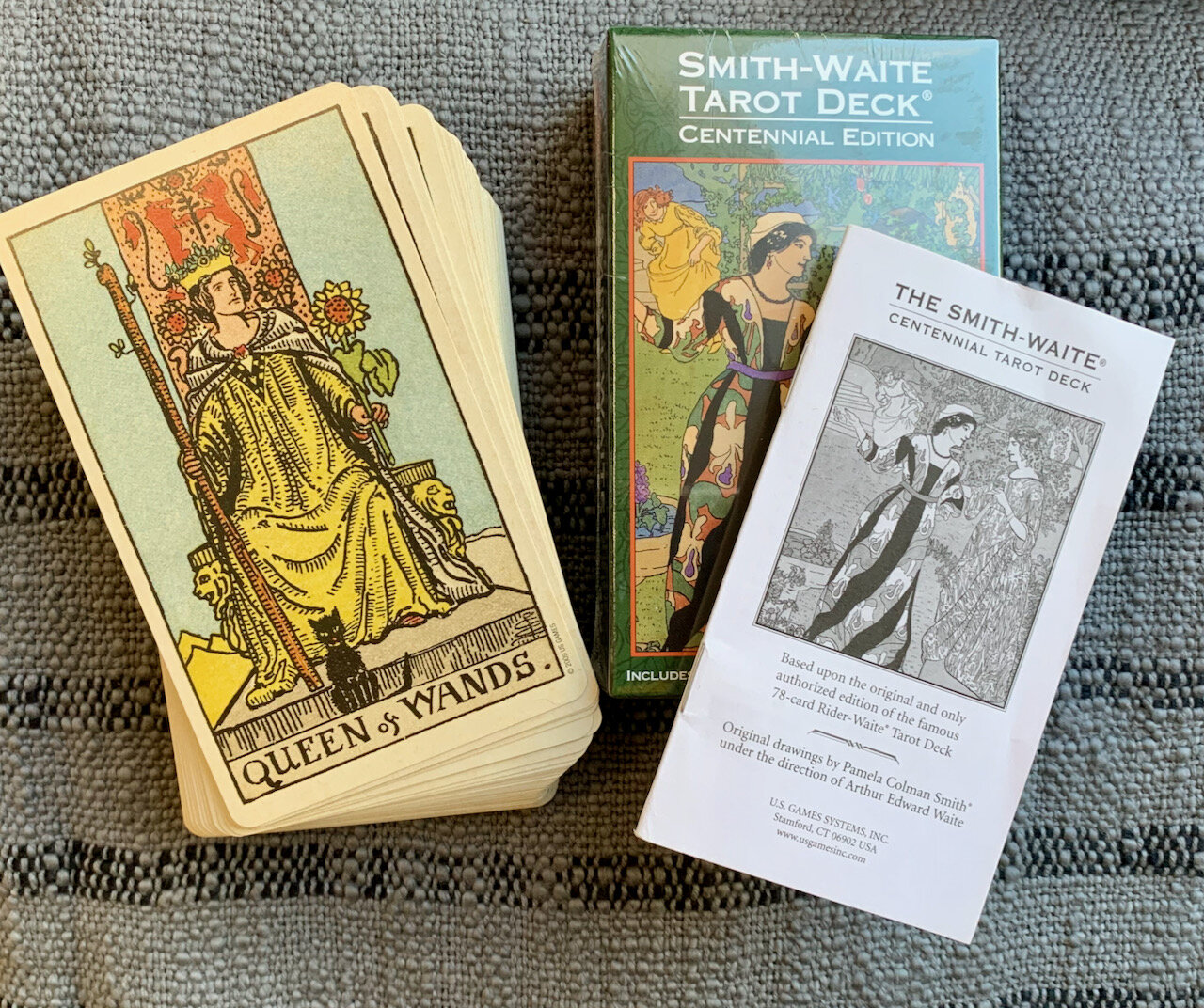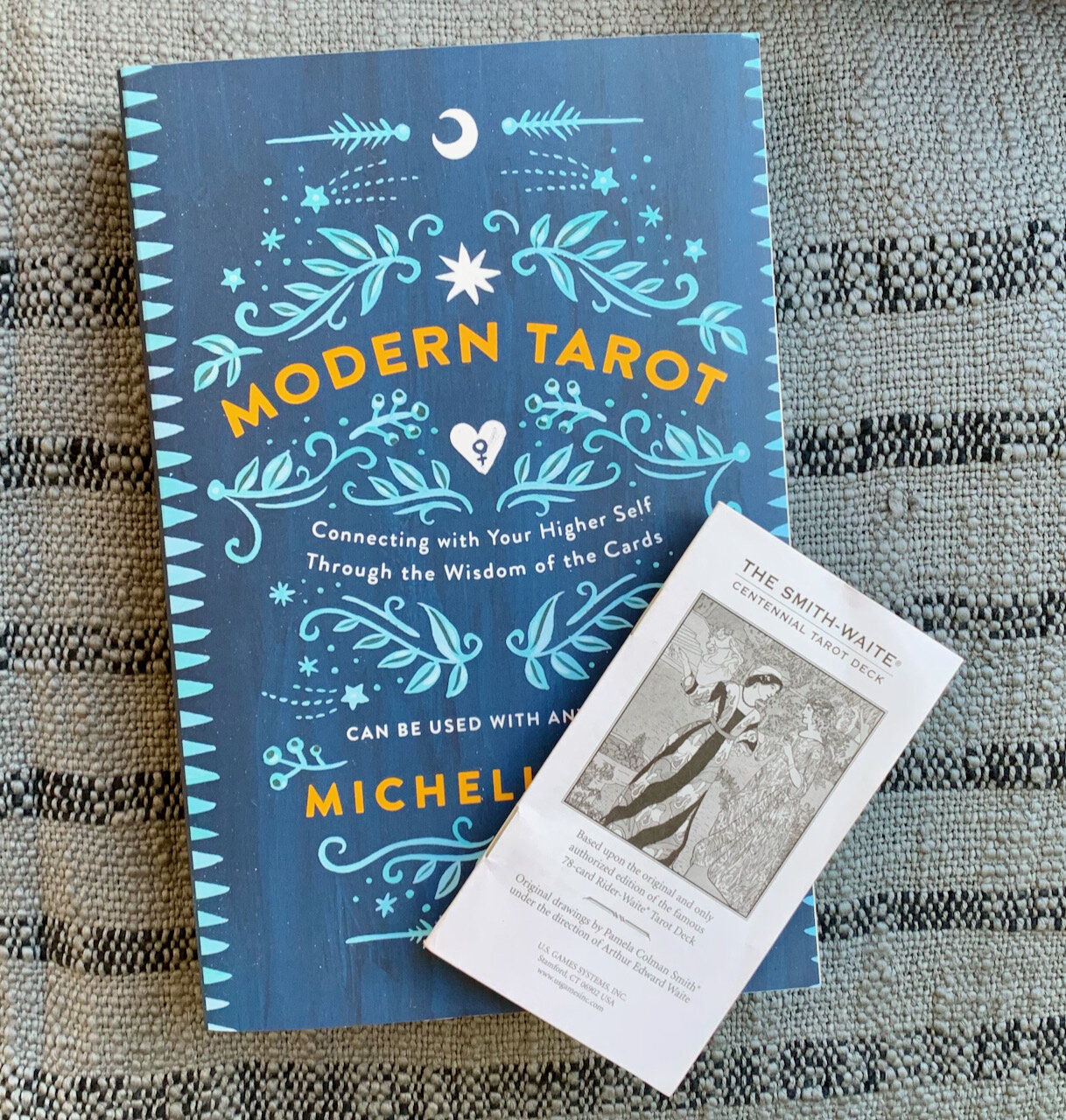Reading tarot is a simple as shuffling the deck, asking a question, and turning over a card to get the answer?
Yes…. and also no. It can be that simple, or it can be complex. If you’re just starting out reading tarot, it can be overwhelming to see a more practiced reader make it look simple. If you’re new to tarot, and wondering where to start, read on. Also, if you’re an experienced reader, and want to reboot your practice,
When you get a new deck, you should start by looking at all the cards; making sure they’re all there. You might come across a few extra cards, and you can lay those aside for now. You’ll see that the cards are packaged in order: first all the major arcana, and then each suit from Ace-King. A large part of reading tarot is the randomness of turning over cards, so you want to mix up your deck. Shuffle the cards. You can do a riffle shuffle or an overhand shuffle, or anything that works to randomize the deck. You can even spread the cards out on a flat surface and just whirl them around in a game of 78 card pickup. Once your cards are nice and mixed up, collect them, and neaten the deck.
Now, to start reading! Shuffle the cards again, this time do so while thinking of a question. A good question to start with is “What do I need to know today?”
When you feel you’ve shuffled your deck sufficiently, stop, and turn over the top card. This will be the answer to your question.
What’s next? How do you go from the picture on the card to an answer?
Start by looking at the card. Are there people or characters there? What are they doing? What objects are present? What is in the foreground of the image, and what is in the background? What symbols are present?
If you want to go deeper into image analysis, check out these lessons from the U.S. National Archives, the Getty Institute, and Understanding Media.
As you’re doing a visual analysis, you’ll be creating meaning. You’re adding your own experiences and associations to what is present in the card.
I drew the Seven of Pentacles from The Melanated Classic Tarot
Seven of Pentacles from The Melanated Classic Tarot
A young Black man in quasi-medieval European clothes leans on a hoe or shovel or some other garden tool. His head is in his hands. He’s looking at his plants, which are pentacles. They’re full and lush, and have green leaves. But they’re not ready for harvest yet. He’s waiting, maybe impatiently. Or maybe he’s staring at the crops, wondering if it’s all worth it—all the hoeing, raking, weeding, planting. Will it be enough? Will his work be enough? In the background, there are rolling purple hills. The sky is blue, and the man has a bright light aura around him.
How does what you see help you answer your initial question? Start to to put the pieces together.
My question is “what do I need to know today?” Maybe my answer is I’m doing a lot of hard work, and I’m not sure if it’s worth it. Maybe my answer is that I still have a lot of work to.
Next, look up the meaning. Almost all tarot decks come with a little white book (LWB) that will give you a basic explanation for the interpretation and meaning of each card. Read that for your card, and see if it matches up to what you came up with during your visual analysis.
The Smith-Waite Tarot Deck Centennial Edition showing the cards, box and Little White Book
Add what you learn here to what you learned from the visual analysis. How does the answer to your question change and grow?
The LWB is a great place to start, but you can go deeper. Some decks have a larger paperback that accompanies the deck, and will go much deeper into symbolism, color choice, artistic layout. If my deck has such a book, I find it to be a worthy investment. Another option is to get a book that is about tarot in general. Some of my favorite books about tarot are Rachel Pollack’s 78 Degrees of Wisdom, Michelle Tea’s Modern Tarot, and Mary K. Greer’s 21 Ways to Read a Tarot Card. If you have one of these books, or another tarot book nearby, take a look at it. Read the entry on your card. What does it add to what you already know? How does this new information change the answer?
The Little White Book from the Smith-Waite Centennial Tarot on top of Modern Tarot by Michelle Tea
Tea’s Modern Tarot entry on the Seven of Pentacles states with the sentence “When the Seven of Pentacles appears, it’s break time” (p.285). This is something I hadn’t considered or discovered in my visual analysis, and it adds a new layer to my interpretation of the card. Maybe the figure is looking at the pentacles and is pleased and proud of the progress he’s made.
What do you do with this information? You can start a tarot journal, either in a paper notebook or online somewhere (google doc, instagram handle), where you keep track of the cards you draw and your interpretations of them. Another idea is to take a notebook and at the top of each page, write the name of the card. Under it, put your notes and thoughts about meaning.
Experienced readers: What other advice would you give to folks just starting to read tarot?
Beginner readers: You should be ready to start reading! Find a deck, give it a shuffle, and pull a card!



